ABC and 1, 2, Three
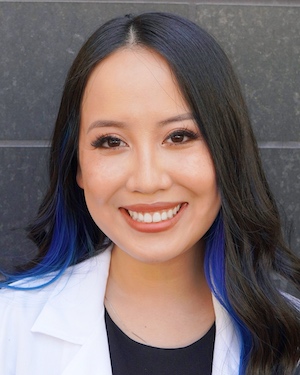
December 29, 2021
by Teresa
With the way the Master’s program is set up, there are 3 practice immersions, which is an 8-unit course you take each semester that focuses on a primary area of practice in occupational therapy. The focuses are on adult physical rehabilitation, mental health, and pediatrics. (For the entry-level OTD, there will be an additional practice immersion focused on productive aging and geriatrics!) My entire class is split up into 3 different cohorts of about 40 students and each cohort takes these practice immersions in a different order. I’m in Cohort C, meaning I started the program last year taking pediatrics, adult rehab last spring, and just recently finished mental health this fall. In honor of the third to last day of Blog-mas, I’ll be sharing 3 main takeaways I learned during each of the 3 practice immersions!
Pediatrics
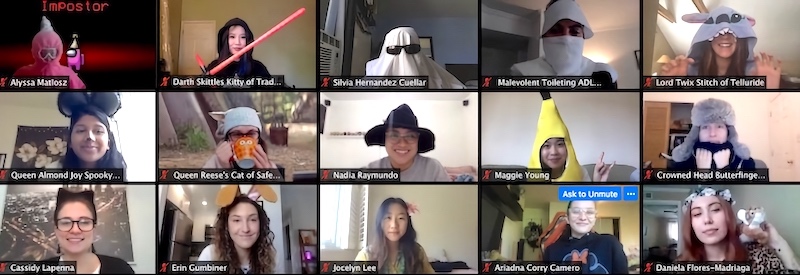
Fall 2020 feels like a fever dream. I miss it, though. *sigh*
- In this immersion, we were introduced to the infamous documentation process. We learned how to take SOAP notes as well as the importance of documentation. Being an OT is not just delivering services to a client — you have to take notes on what you did so you can remember, so that other providers can reference them, and so that you are properly compensated for your services!
- We also learned about how your “client” not only includes the one person you directly provide OT services to, but also encompasses their family and/or support system. It’s important that you include the appropriate people as part of treatment, because they can offer pieces of information which will be vital during the treatment process!
- One of my biggest hesitations about working with children was not being able to speak with them verbally in order to elicit what their needs are. However, we learned about signs and methods of nonverbal communication, many of which apply to adults as well!
Adult Physical Rehabilitation
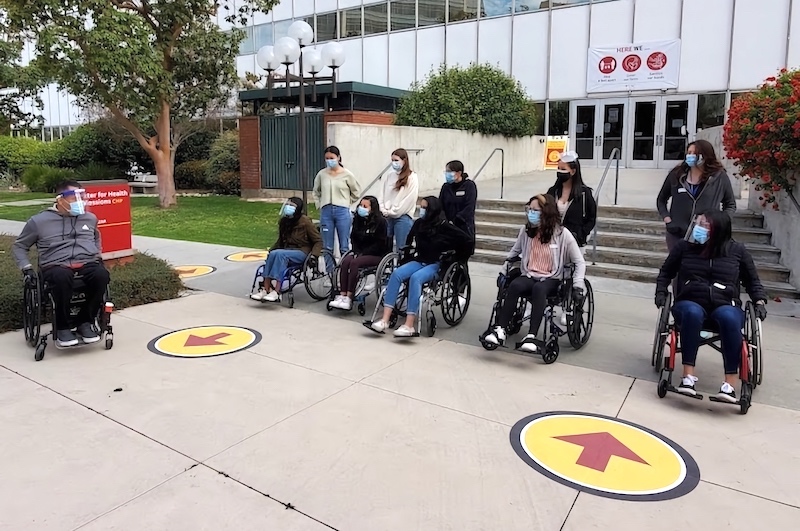
Getting to go on campus once a week for hands-on practice immersion labs and meet my classmates in person during Spring 2021 was such an exciting time!
- In this immersion, we learned about the evaluation process in further detail and how important it is to establish a baseline during your first encounter with a client because it will determine what the rest of their treatment looks like. However, with OT being such a holistic profession, there are so many things you’ll want to know about your client from the start! This immersion is scaffolded so wonderfully and in harmony with the fieldwork experiences that by the end of the semester, you become comfortable with this process!
- Almost every class, we’d hear that the most important thing to remember when working in an adult rehab setting is to “meet people where they’re at” — both physically and mentally. If your client is unable to stand, meet them where they’re at and have a seat yourself — don’t physically talk down to them. Additionally, your clients are the experts of their own lives and the last thing you want to do is have them overexert themselves, so make sure your interventions match their capacities and goals!
- In keeping with that, never assume someone’s capability, identity, or thoughts. Foster an open space to nurture and maintain the therapeutic relationship between you and your client. For example, USC provides us with name badges that include our pronouns (mine are she/her/hers) and the presence of this alone has sparked many important conversations during my fieldwork experiences. Again, they are the experts of their own lives, so check in with them often to make sure their needs are being met.
Mental Health
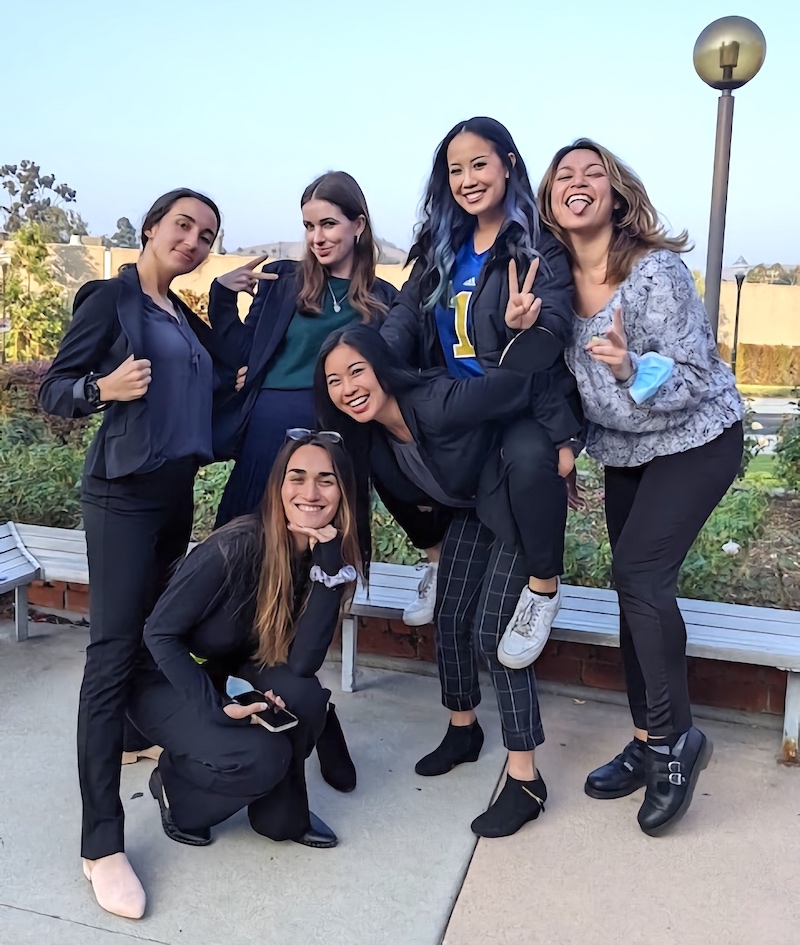
The best Team-Based Learning group to ever exist! Gimme, gimme MORS, gimme MORS, gimme, gimme MORS 😢
- In this immersion, we learned how important it is as entry-level OTs to use standardized assessments correctly as we garner experience and continue to develop our clinical identity. These assessments are founded on evidence-based practice and were developed and researched with a clear purpose in mind to guide the treatment process in a way that is proven to work!
- In certain areas of OT practice, there is also a need for providers to “do whatever it takes” in order to facilitate your client’s recovery which may extend beyond traditional care. While this may sound intimidating, it aligns with the holistic approach of occupational therapy in that it emphasizes how each individual requires unique, individual needs and requires providers to immerse themselves in the process in order to meet these needs.
- Maybe it was because this was our first semester fully in-person, but I was able to truly understand the importance of teamwork within any group setting — from the classmates you sit next to every day, to your cohort, to your entire graduating class, as well as the teams you’ll go on to be a part of as an OT. For any given topic, everyone in a team will offer a different perspective which you might not have picked up on because you, yourself have a different perspective based on who you are as a person and not that any perspective is the right or wrong one, but the collaboration offers a space for boundless solutions.
To end Day 3, I’d also like to feature the 3 cohorts of the Entry-Level Master’s program class of 2022! Cheers to everything you’ve all accomplished in 2021 and here’s to all the memories to be made during our last semester together!
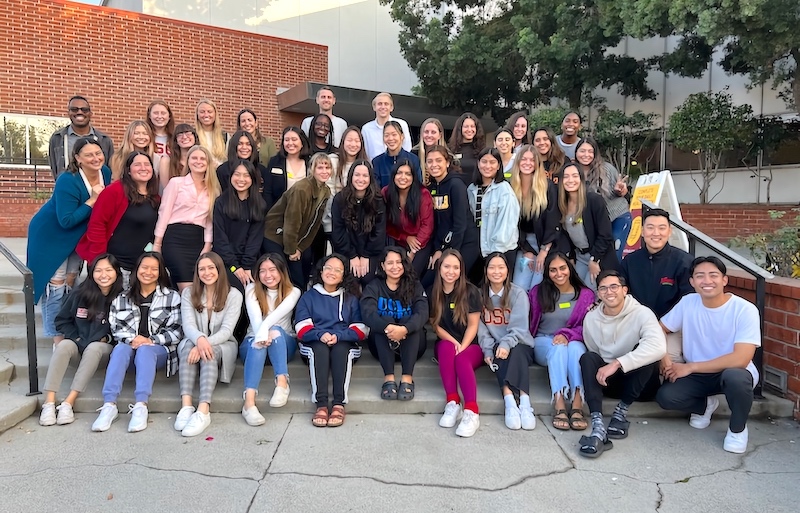
Cohort A (Photo courtesy of Earl Sy)
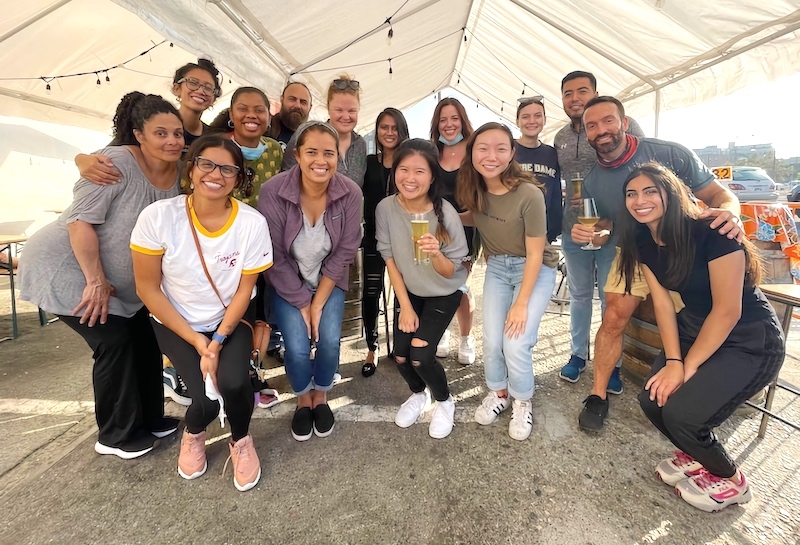
Some of Cohort B (Photo courtesy of Stefanie Kuizon)
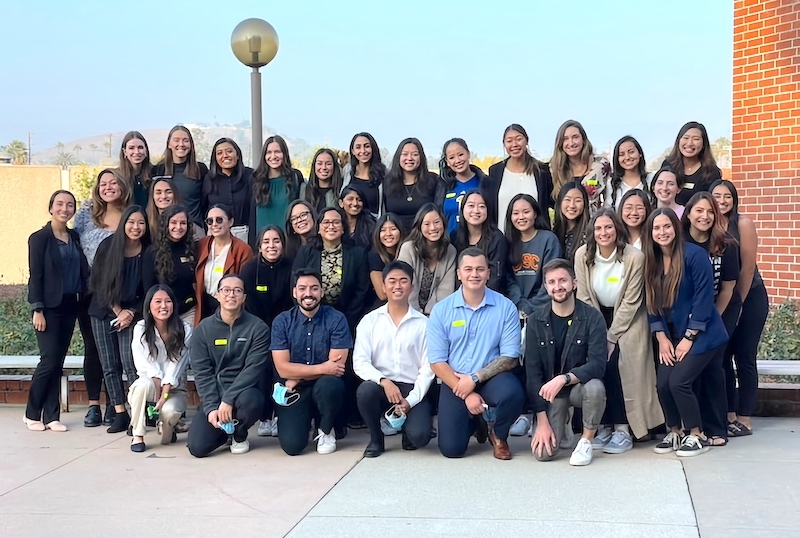
Cohort C (Photo courtesy of Camille Hazen)
I cannot wait to see you all become some of the best occupational therapists this profession has ever seen. ❤️
⋯
Next by tag Classes ⟩
⋯





